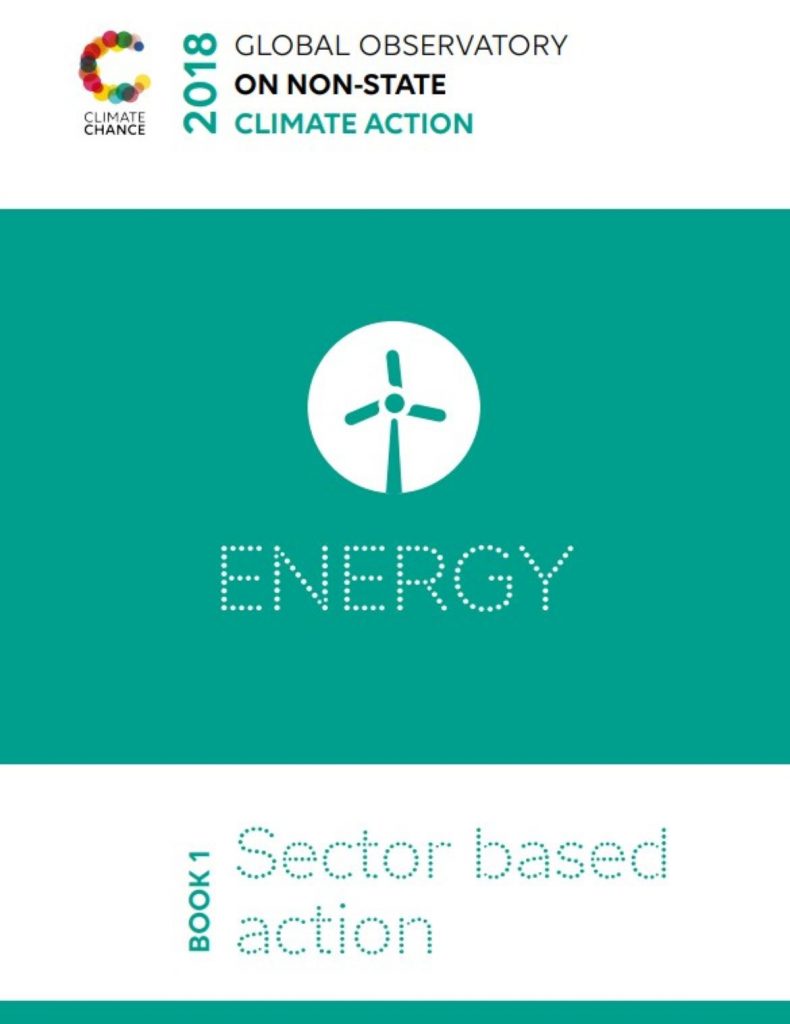Fugitive emissions • A blind spot in the fight against climate change
The category of fugitive emissions covers a vast number of poorly controlled emissions: accidental, diffuse or unproductive. Fugitive emissions represent a significant proportion of anthropogenic greenhouse gas emissions and their assessment, let alone reduction, is still in its infancy.

Introduction
The category of fugitive emissions covers a vast number of poorly controlled emissions: accidental, diffuse or unproductive. Fugitive emissions represent a significant proportion of anthropogenic greenhouse gas emissions and their assessment, let alone reduction, is still in its infancy. Often overlooked by climate policies and institutional mechanisms, actions in this area rely primarily on the emitters themselves, pushed by civil society and local stakeholders.
Contents
1 • Fugitive emissions: definition and evolution
- Definition(s)
- Available data on fugitive emissions
- A presumption of increase
2 • Improving measurement and reporting
- Issues and sources of uncertainty
- Academic, associative and industrial initiatives
3 • Major sources of fugitive emissions, solutions and initiatives
- Flaring of natural gas
- Upstream gas and oil
- The coal sector
Conclusion
Despite a significant contribution, fugitive emissions are one of the blind spots in combating climate change. Much work remains to be done for better evaluation and reduction of fugitive emissions. The available information suggests that the extraction and, to a lesser extent the processing and transportation, of fossil fuels is the main source of fugitive emissions. Responsibility for their reduction therefore rests first and foremost in the oil, gas and coal companies, assisted – sometimes spurred – by other actors: researchers, local authorities and local communities, NGOs.


